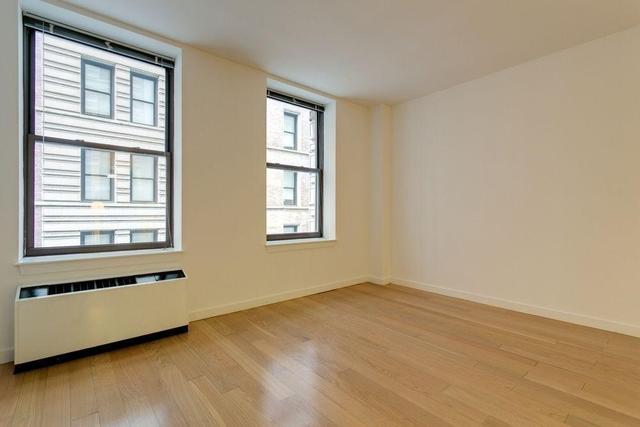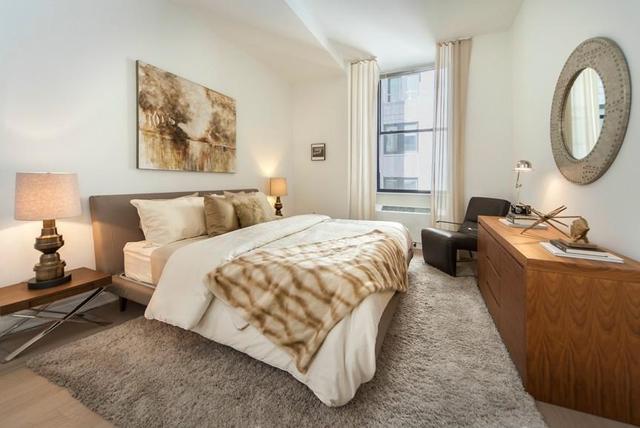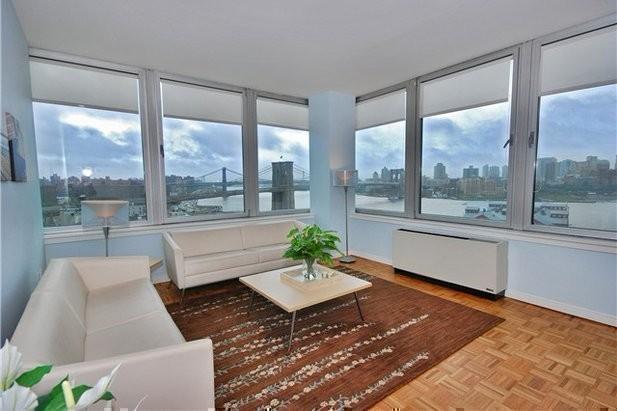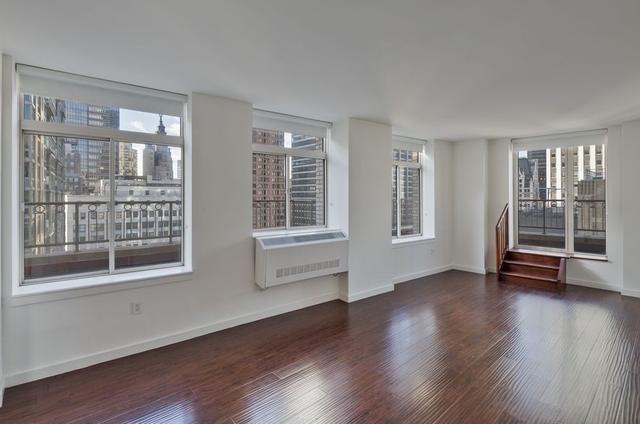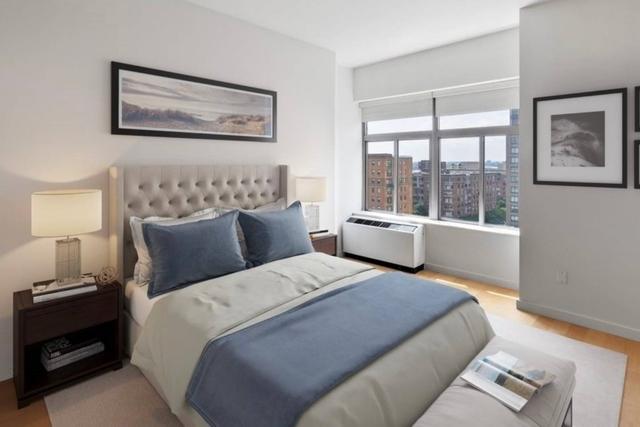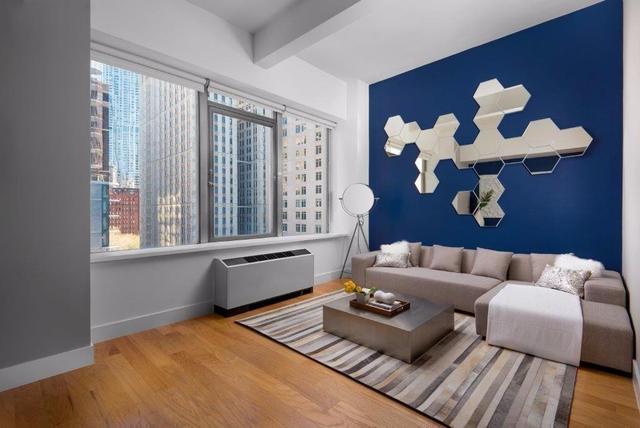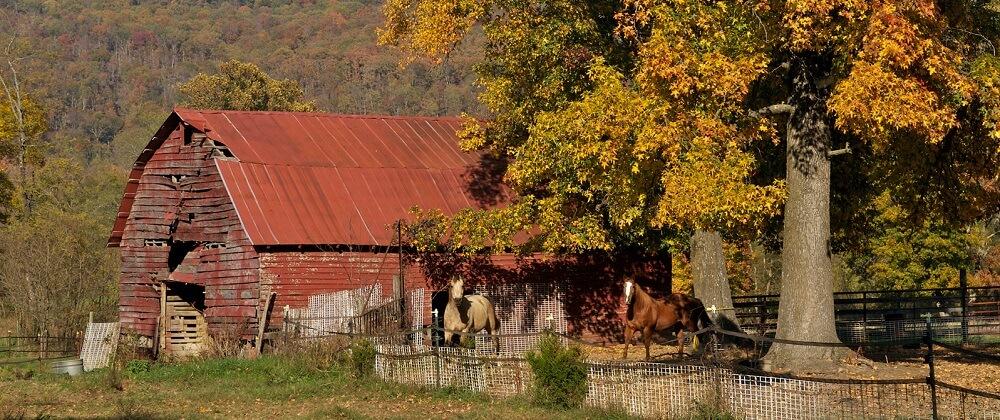
Pole Barn House: What You Need to Know Before You Build (Costs and Styles)
By: ROS Team
Dreaming of a unique and affordable home? Look no further than pole barn house! These versatile structures offer a blank canvas for your dream living space, but before you break ground, there’s some key info to consider. This blog will dive into the costs, styles, and all the need-to-knows to navigate building your very own pole barn dream home.
What Are Pole Barn Homes?
Pole barn homes are a unique option for those seeking a cost-effective and customizable living space. Built using post-frame construction with large, open areas, they offer flexibility in design and can be finished with various exterior materials like metal or wood.
What Does Post-frame Construction Mean?
Post-frame construction is a building method that uses strong posts (like thick beams) for vertical support, similar to poles but often squared lumber. These posts are planted in the ground or secured on a foundation. Horizontal beams connect the posts, creating a rigid frame. This technique allows for wide open spaces and is faster and cheaper than traditional construction methods.
History of Pole Barns
Pole barns first appeared in the 1930s, a cost-effective answer for farms during the Great Depression’s hard times. Built using repurposed telephone poles, these simple pole barn house provided essential storage for equipment and livestock.

Why Do They Call It a Pole Barn?
Pole barn homes get their name from the historical use of literal poles, like recycled telephone poles, for the main support structure. These “telephone pole barns” were later shortened to simply “pole barns” even though today’s pole barns use treated lumber.
What Is a Pole Barn Used For?
Pole barns are versatile structures traditionally used for agriculture (storing equipment, sheltering animals) but have become popular for residential uses (workshops, garages) and commercial spaces (warehouses, stores) due to their affordability, spaciousness, and ease of construction.
What Do Pole Barn Homes Look Like on the Inside?
Inside pole barn homes, you’ll discover familiar features akin to traditionally built houses. Multilevel structures include staircases connecting different levels. Interior walls are usually finished in white but can be painted or adorned with wallpaper as desired. Spacious windows welcome ample sunlight, while floors boast a refined polish.
Pros & Cons of Building a Pole Barn Home
Pros:
-
Cost Effective
Building a pole barn house often costs significantly less compared to traditional stick-built homes. Several factors contribute to the lower expenses, such as the simpler post-frame construction technique, reduced foundation requirements, and the utilization of more affordable materials.
-
Quick Construction Time
Homes built with pole barn construction methods can be erected far quicker than conventional homes. Due to the simpler construction techniques and lesser need for custom framing, a pole barn home’s completion time spans a few weeks or months. In contrast, the construction period for traditional homes often extends over numerous months or even years.
-
Versatility
Pole barn residences offer diverse applications. They serve as single-family homes, workshops, garages, or commercial buildings. An open floor plan enables tailoring interiors to individual requirements.
-
Durability
Pole barn homes are built to last. The post-frame construction method is very strong and can withstand wind, snow, and other elements. The metal siding that is commonly used on pole barn homes is also very durable and requires little maintenance.
-
Energy Efficiency
With proper insulation and air sealing techniques, pole barn house can be just as energy efficient as traditional homes. The simple design of a pole barn home can help to reduce heat loss in the winter and heat gain in the summer.
Cons:
-
Limited Design Options
Pole barn homes often appear more industrial-like compared to regular houses. This comes from the exposed beams and trusses that are a key part of post-frame building. While possible to make a pole barn home look more traditional, it requires extra work and money.
-
Less Resale Value
Pole barn house may not fetch as high a price as traditional ones when selling. Some buyers dislike the industrial style of these homes. Still, their affordability and energy efficiency can be attractive selling points.
-
Zoning Restrictions
Certain regions enforce regulations restricting pole barn home construction. It’s crucial to consult your city’s zoning officials before initiating pole barn home planning.
-
Financing Challenges
Securing financing for a pole barn home can prove more challenging compared to traditional housing. Some lenders lack familiarity with pole barn construction, potentially viewing them as higher risk investments.
-
Higher Insurance Costs
Pole barn homes may incur higher insurance costs relative to conventional residences. This stems from their typical rural locations, susceptible to wildfires and natural calamities.
Building a Pole Barn House: Step-by-Step
Before you start building a pole barn house, make sure you have the building kit. Each pole barn kit includes blueprints detailing the assembly process precisely. Detailed instructions are provided on every page, ensuring straightforward construction without guesswork.

-
Site Prep
Begin by preparing the site where the pole barn will be constructed. This typically involves clearing the area of any debris, leveling the ground, and ensuring proper drainage.
-
Pour the Slab
Once the site is prepared, pour the concrete slab foundation according to the specifications outlined in the blueprints. This will provide a stable base for the pole barn.
-
Framing
Next, assemble the pole barn frame according to the instructions provided. This typically involves erecting the poles and attaching the trusses to create the skeleton of the structure.
-
Add the Siding and Roof
Once the frame is in place, add the siding and roof materials as specified in the blueprints. This may involve attaching metal panels or other materials to the exterior walls and roof of the pole barn.
-
Build the Interior Walls
With the exterior of the pole barn complete, it’s time to build the interior walls according to the layout provided in the blueprints. This may involve framing walls and installing insulation if desired.
-
Finish the Home
Finally, finish the interior of the pole barn according to your preferences and needs. This may include installing flooring, painting or finishing walls, adding fixtures and appliances, and any other finishing touches to make the pole barn feel like home.
How Much Does It Cost to Build a Pole Barn House?
Building a pole barn house can cost anywhere from $50 to $150 per square foot, depending on size, materials, and finishes. This is typically cheaper than traditional homes, but keep in mind additional costs like site prep, foundation, and interior finishing.
Creative Pole Barn Home Styles
Slat-Siding Barn Home
Slat siding adds a touch of coastal flair to a pole barn home. Horizontal slats create a sense of movement and can be painted in a variety of colors to complement the natural beauty of the wood.
Classic Barn House Styles
Classic barn house styles often incorporate elements like cupolas, gambrel roofs, and board and batten siding. These features can add a touch of nostalgia and charm to your home.
Pole Barn Ranch Home
A pole barn ranch home is a great option for those who want a spacious and low-profile home. The long, low lines of a ranch style home are well-suited to the post-frame construction of a pole barn.
New England Style Home
The clean lines and symmetrical design of a New England-style home can be easily adapted to a pole barn construction. Consider using white clapboard siding, black shutters, and a red door for a classic look.
Contemporary Style Home
Contemporary-style homes are all about clean lines, open floor plans, and large windows. These elements can be easily incorporated into a pole barn home to create a stylish and modern space.
Pole Barn House: Popular Sizes
Popular pole barn home sizes for living space typically range from:
- Smaller Homes: 40′ x 60′ (or around 2400 sq ft)
- Larger Homes: 75′ x 100′ (or around 7500 sq ft)
The Difference Between Pole Building Homes vs. Stick Frame
Pole building homes use vertical posts for support, allowing for open space and faster construction. Stick-built homes use framed walls for support, offering more design flexibility and basements, but take longer to build and cost more.
Pole Building Homes vs. Traditional Homes
Pole building homes are faster to build, cheaper, and offer open floor plans, but may have a less traditional look and resale value. Traditional homes offer more design options, potentially higher resale value, and basements, but come with a higher price tag and longer construction time.
Should You Live in a Pole Barn?
Pole barns can be a great option for those seeking an affordable, spacious, and customizable home, but consider the trade-offs: less traditional look, potentially lower resale value, and financing challenges. Weigh these against your priorities to decide if a pole barn home is the right fit for you.
Pole Barn House: FAQs
Financing a Pole Barn Home – Is It Possible?
Financing a pole barn home is possible, though it might require exploring lenders familiar with non-traditional construction or government programs. Expect stricter requirements compared to traditional mortgages.
Can Pole Barn Homes Have A Basement?
Traditionally, pole barns lack basements. Their post-frame design doesn’t include basements. However, with proper planning and extra cost, you can add a basement.
Can You Insulate A Pole Barn?
Yes, you can insulate pole barns. Several techniques exist for this purpose, including spray foam, fiberglass batt, and rigid foam board. Insulating helps maintain comfortable temperatures inside. It reduces energy expenses too.
Are Pole Barn Homes Cheaper?
Pole barn homes offer a cost-effective alternative to traditional homes. Their simpler construction and materials make them less pricey. But, costs can fluctuate based on size, finishings, and insulation.
Are Pole Barns Durable?
With proper care, pole barns can endure more than 100 years. Some experts estimate 40-60 years as lifespan, but diligent upkeep boosts longevity beyond the typical range.
Where Can You Find Pole Barn Homes?
While pole barns are popular throughout the US, states with large rural areas, agricultural activity, or interest in affordable housing see a higher concentration. These include states of Florida, Georgia, Illinois, Michigan, Minnesota, Mississippi, Oregon, Texas, and Washington.
Read Also:
What Are Tract Homes
Off Grid Homes: Everything You Need to Know
What is a Patio Home
Spec Home vs Custom Home



